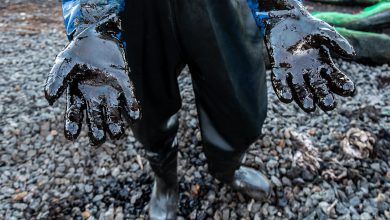Climate change is a pollution problem, and countries know how to deal with pollution threats – think DDT and acid rain
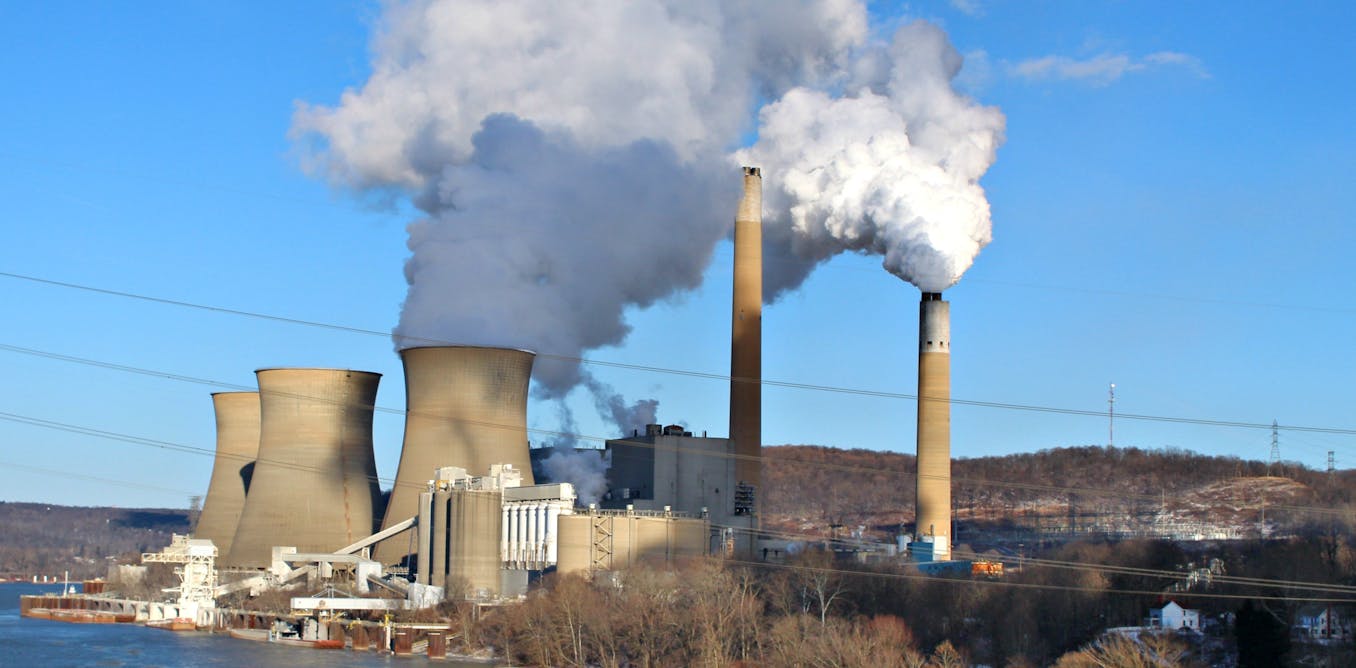
مجلة المذنب نت متابعات عالمية:
Climate change can seem like an insurmountable challenge. However, if you look closely at its causes, you’ll realize that history is filled with similar health and environmental threats that humanity has overcome.
The main cause of climate change – carbon dioxide from the burning of fossil fuels – is really just another pollutant. And countries know how to reduce harmful pollutants. They did it with the pesticide DDT, lead paint and the power plant emissions that were causing acid rain, among many others.
In each of those cases, growing public outcry eventually led to policy changes, despite pushback from industry. Once pressured by laws and regulations, industries ramped up production of safer solutions.
I am an earth and environmental scientist, and my latest book, “Reclaiming Our Planet,” explores history’s lessons in overcoming seemingly insurmountable hazards. Here are a few examples:
Banning DDT despite industry pushback
DDT was the first truly effective pesticide and considered to be miraculous. By killing mosquitoes and lice, it wiped out malaria and other diseases in many countries, and in agriculture, it saved tons of crops.
After World War II, DDT was applied to farms, buildings and gardens throughout the United States. However, it also had drawbacks. It accumulated in mother’s milk to levels where it could deliver a toxic dose to infants. Women were advised against nursing their babies in the 1960s because of the danger.
U.S. Fish and Wildlife Service
In addition, DDT bioaccumulated up the food chain to toxic levels in apex species like raptors. It weakened the eggshells to the point where brooding mothers crushed their eggs. Bald eagles were reduced to 417 breeding pairs across North America by 1967 and were placed on the endangered species list.
Biologist Rachel Carson documented DDT’s damage in her 1962 book “Silent Spring” and, in doing so, catalyzed a public environmental movement. Despite disinformation campaigns and attacks from the chemical industry, tremendous public pressure on politicians led to congressional hearings, state and federal restrictions and eventually a U.S. ban on the general use of DDT in 1972.
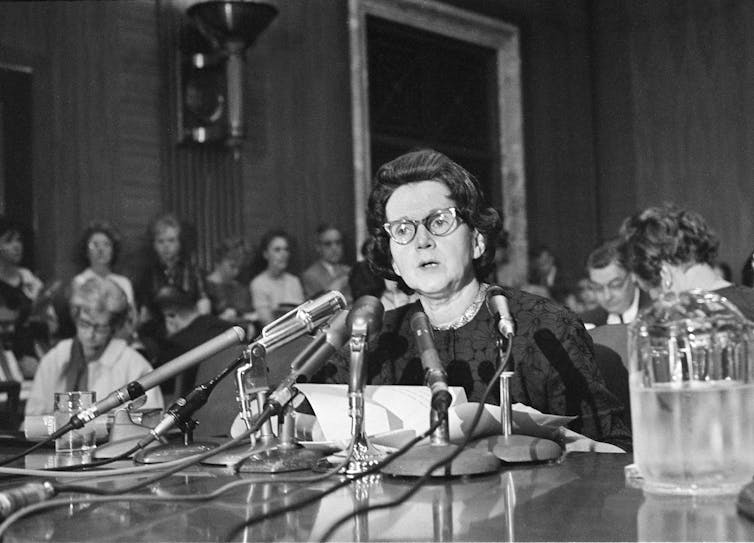
AP Photo/Charles Gorry
Bald eagles recovered to 320,000 in the United States by 2017, about equal to populations from before European settlement. The chemical industry, facing a DDT ban, quickly developed much safer pesticides.
Building evidence of lead’s hazards
Lead use skyrocketed in the 20th century, particularly in paints, plumbing and gasoline. It was so widespread that just about everyone was exposed to a metal that research now shows can harm the kidneys, liver, cardiovascular system and children’s brain development.
Clair “Pat” Patterson, a geochemist at the California Institute of Technology, showed that Americans were continuously exposed to lead at near toxic levels. Human skeletons from the 1960s were found to have up to 1,200 times the lead of ancient skeletons. Today, health standards say there’s no safe level of lead in the blood.

EPA
Despite threats both personally and professionally and a disinformation campaign from industry, Patterson and his supporters compiled years of evidence to warn the public and eventually pressured politicians to ban lead from many uses, including in gasoline and residential paints.
Once regulations were in place, industry ramped up production of substitutes. As a result, lead levels in the blood of children decreased by 97% over the next several decades. While lead exposure is less common now, some people are still exposed to dangerous levels lingering in homes, pipes and soil, often in low-income neighborhoods.
Stopping acid rain: An international problem
Acid rain is primarily caused when sulfur dioxide, released into the air by the burning of coal, high-sulfur oil and smelting and refining of metals, interacts with rain or fog. The acidic rain that falls can destroy forests, kill lake ecosystems and dissolve statues and corrode infrastructure.
Acid rain damage across Europe and North America in the 20th century also showed the world how air pollution, which doesn’t stop at borders, can become an international crisis requiring international solutions.
The problem of acid rain began well over a century ago, but sulfur dioxide levels grew quickly after World War II. A thermal inversion in London in 1952 created such a concentration of sulfur dioxide and other air pollutants that it killed thousands of people. As damage to forests and lakes worsened across Europe, countries signed international agreements starting in the 1980s to cut their sulfur dioxide emissions.
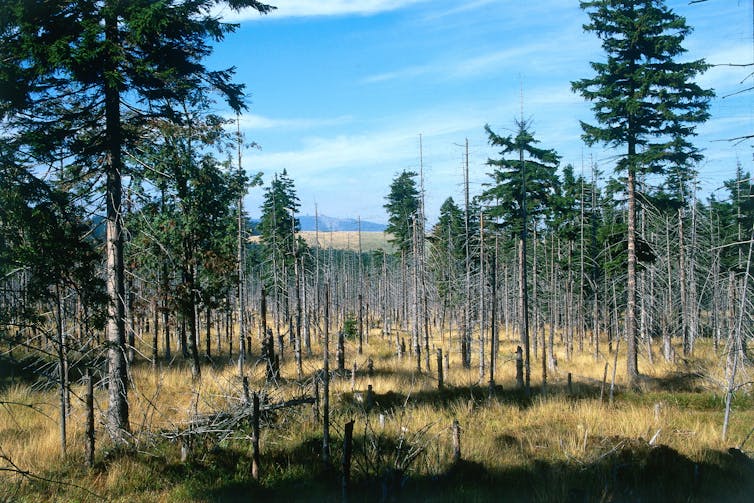
Seitz/ullstein bild via Getty Images
In the U.S., emissions from Midwestern power plants killed fish and trees in the pristine Adirondacks. The damage, health concerns and multiple disasters outraged the public, and politicians responded.
Sulfur dioxide was named as one of the six criteria air pollutants in the groundbreaking 1970 U.S. Clean Air Act, which required the federal government to set limits on its release. Power plants installed scrubbers to capture the pollutant, and over the next 40 years, sulfur dioxide concentrations in the U.S. decreased by about 95%.
Parallels with climate change
There are many parallels between these examples and climate change today.
Mountains of scientific evidence show how carbon dixoide emissions from fossil fuel combustion in vehicles, factories and power plants are warming the planet. The fossil fuel industry began using its political power and misinformation campaigns decades ago to block regulations that were designed to slow climate change.
And people around the world, facing worsening heat and weather disasters fueled by global warming, have been calling for action to stop climate change and invest in cleaner energy.
The first Earth Day, in 1970, drew 20 million people. Rallies in recent years have shifted the focus to climate change and have drawn millions of people around the world.
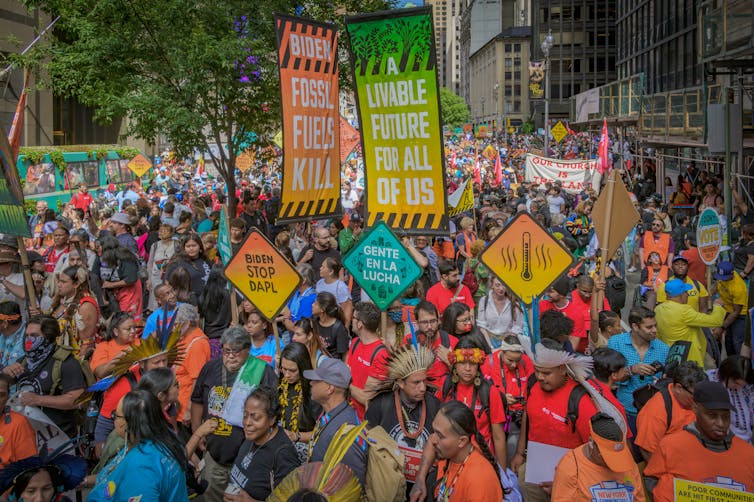
Erik McGregor/LightRocket via Getty Images
The challenge has been getting politicians to act, but that is slowly changing in many countries.
The United States has started investing in scaling up several tools to rein in climate change, including electric vehicles, wind turbines and solar panels. Federal and state policies, such as requirements for renewable energy production and limits on greenhouse gas emissions, are also crucial for getting industries to switch to less harmful alternatives.
Climate change is a global problem that will require efforts worldwide. International agreements are also helping more countries take steps forward. One shift that has been discussed by countries for years could help boost those efforts: Ending the billions of dollars in taxpayer-funded fossil fuel subsidies and shifting that money to healthier solutions could help move the needle toward slowing climate change.
نشكركم على قراءة المنشور عبر مجلة المذنب نت, المتخصصة في التداول والعملات الرقمية والمشفرة




